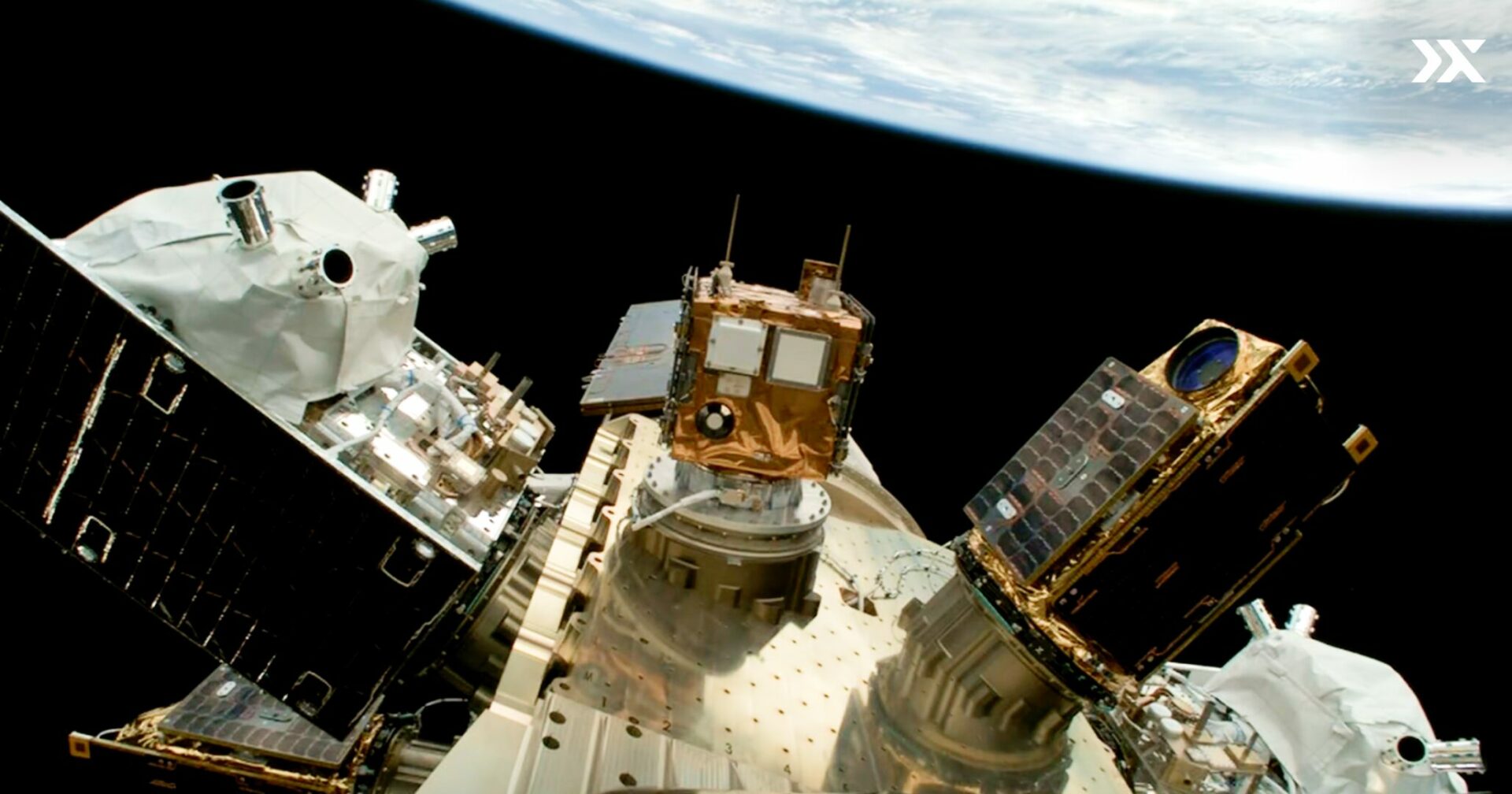Bengaluru-based space technology company Pixxel has expanded its satellite fleet with the successful launch of three additional hyperspectral imaging satellites aboard SpaceX’s NAOS mission on a Falcon 9 rocket. This brings its commercial Firefly constellation to a total of six satellites in orbit.
This latest deployment follows the launch of Pixxel’s first three Firefly satellites earlier this year. With six operational satellites, the company now offers daily global coverage using hyperspectral imaging technology—an emerging remote sensing method that captures data across more than 135 spectral bands.

Each Firefly satellite is capable of imaging at 5-meter spatial resolution across a 40-kilometre swath, enabling the detection of subtle environmental and material changes on Earth’s surface. These capabilities are being used to monitor factors such as crop stress, pollution sources, and mineral compositions—many of which are difficult to detect using traditional imaging systems.
Pixxel’s CEO Awais Ahmed said the latest launch marks a shift from limited coverage to consistent planetary-scale monitoring. “With six satellites in orbit, we move closer to continuous, global hyperspectral observation,” Ahmed said in a statement. “The aim is to measure what was previously invisible and enable data-driven decision-making for long-term environmental health.”
Looking ahead, Pixxel is preparing for the launch of its next generation of satellites, referred to as “Honeybees.” These upcoming spacecraft are expected to expand the imaging range into short-wave infrared (SWIR) bands, which would increase both spectral depth and the number of applications, from climate monitoring to natural resource management.

Pixxel’s Chief Technology Officer Kshitij Khandelwal noted that the company has now demonstrated its ability to not only deploy advanced imaging satellites but also scale them into a functioning commercial network. “The Firefly fleet has shown that hyperspectral imaging can be made operational at scale,” Khandelwal said. “The Honeybee series will further extend those capabilities.”
The satellite constellation feeds data into its proprietary Aurora Earth Observation platform, which integrates artificial intelligence to help analyze and distribute insights across sectors. Pixxel is positioning its system to support predictive analytics for environmental monitoring and resource planning on a global scale.


